How to plan a day trip to Lantau Island
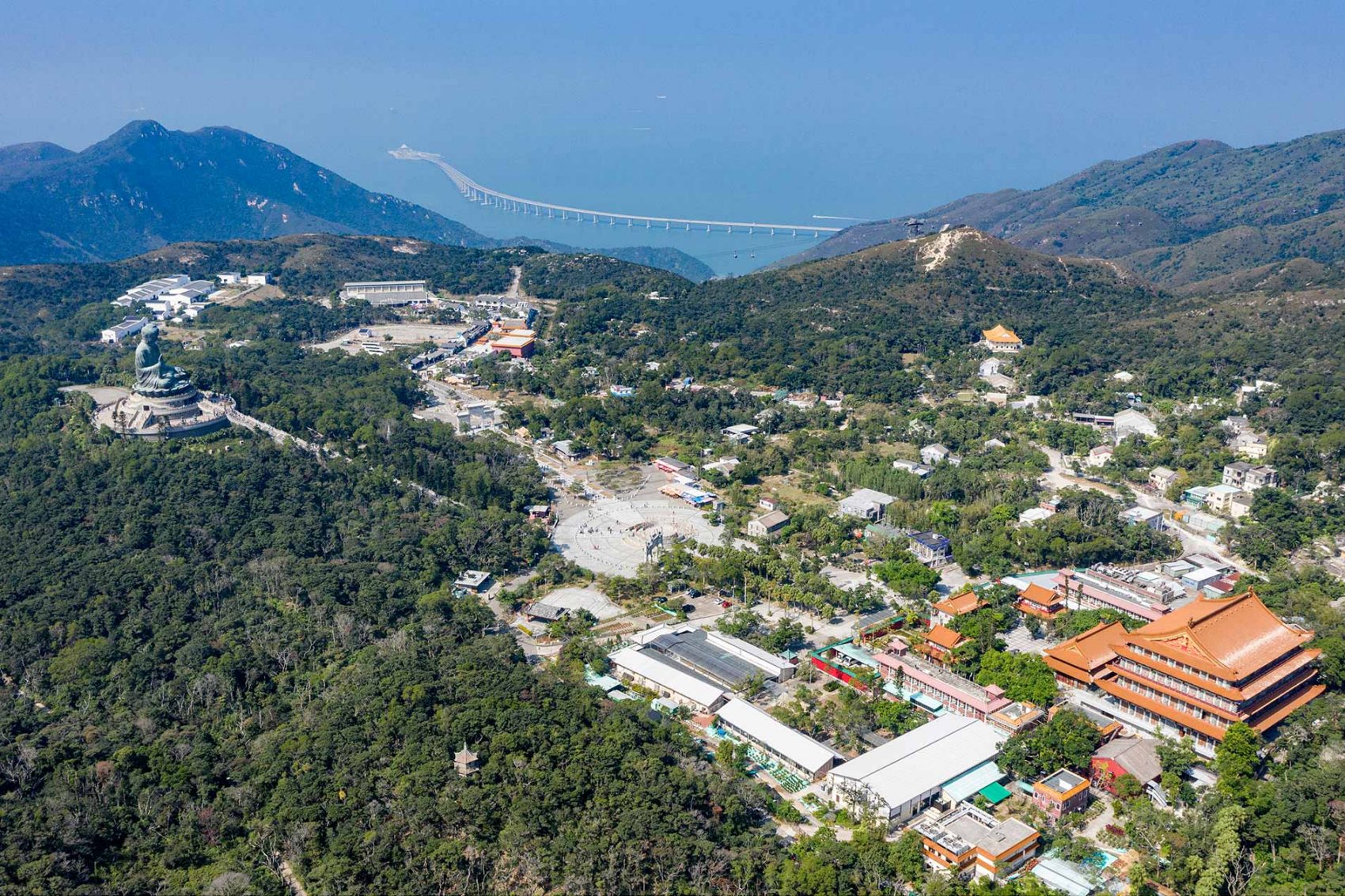
Lantau Island is the biggest of Hong Kong’s outlying islands, almost twice the size of Hong Kong Island itself, making it hard to characterise. The pace of life on the sleepy, beach-fringed southern coastline is very different from what you’ll find in the bustling new town of Tung Chung or the family-friendly suburb of Discovery Bay.
What this outlying island definitely has is some of Hong Kong’s most gorgeous scenery, both around the coastline and along the ridge of daunting mountains that runs along its centre.
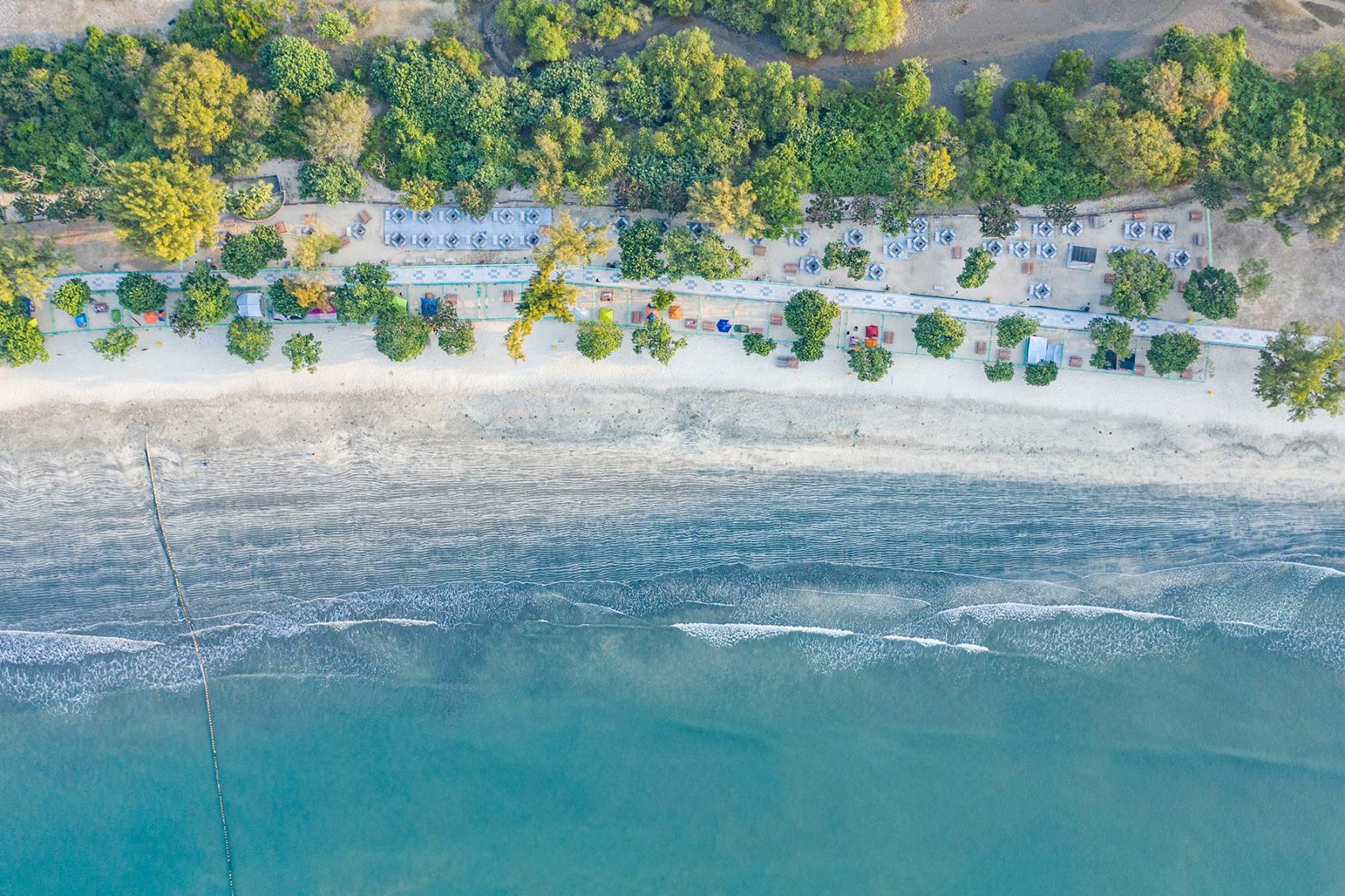
Credit: Mike Pickles
As a visitor you’ll need to decide what sort of day trip you want, because Lantau Island – known locally as Dai Yue Shan – offers a whole range of options: experiencing traditional fishing village life, complete with picturesque stilt houses, in Tai O to the northwest; lazing on the beaches of the south coast; climbing one of the mountains or hiking the coastline; visiting blockbuster tourist attractions like the Big Buddha; or splurging at Tung Chung’s Citygate outlet mall.
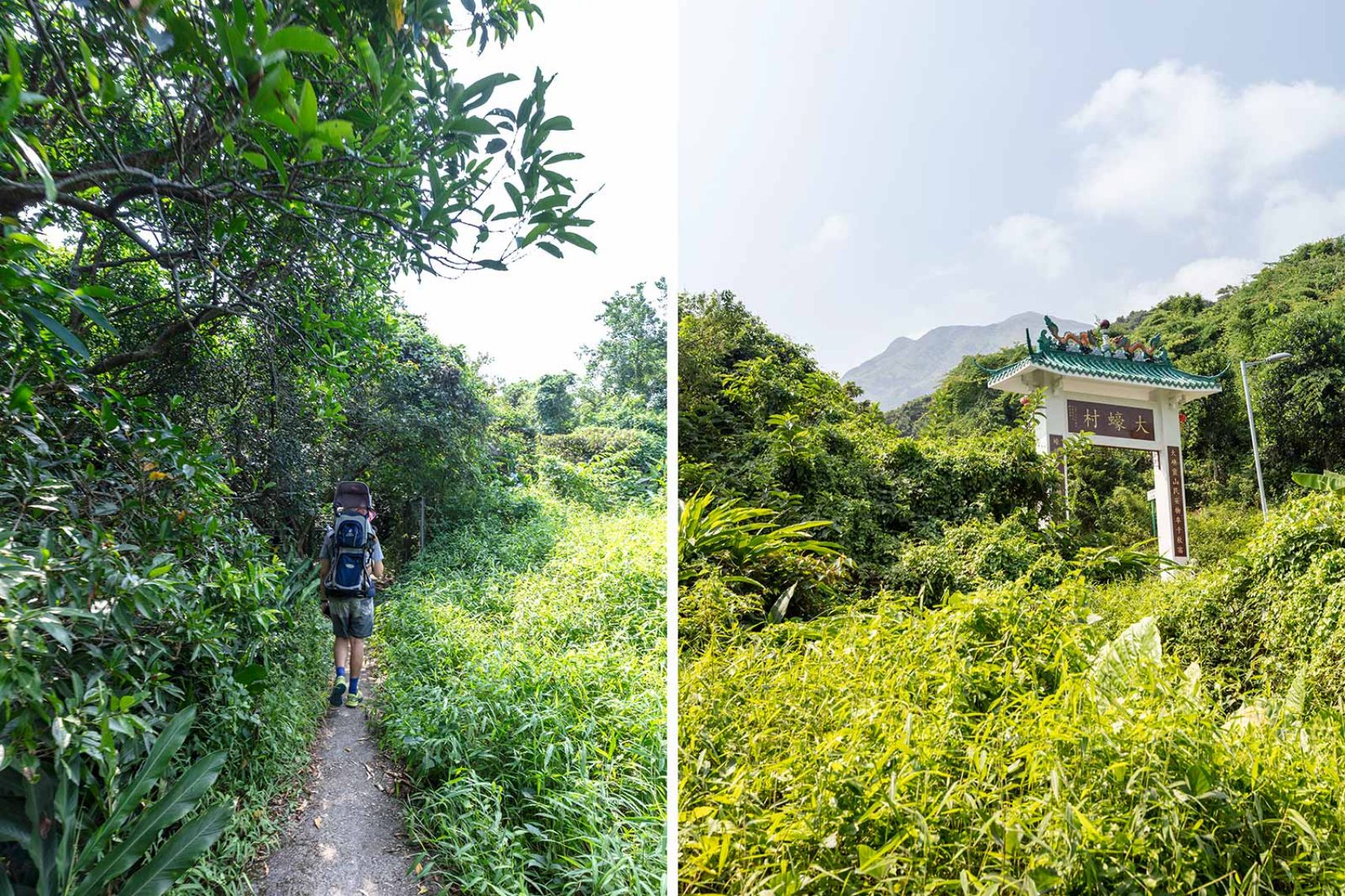
Credit: Mike Pickles
Or, given that the diversity is enough to sustain an entire holiday, you might be persuaded to linger and do the whole lot. Read on for the details to help plan the Lantau Island visit that’s right for you.
How to get to Lantau Island
The MTR runs to Tung Chung via the Tsing Ma Bridge, as do numerous buses from the city; or you can take a ferry from Central to Mui Wo or Discovery Bay ; or between Mui Wo and Chi Ma Wan, and the nearby islands of Cheung Chau and Peng Chau, on the pleasingly basic kaito ferry. Another ferry plies between Tuen Mun, Tung Chung and Tai O.
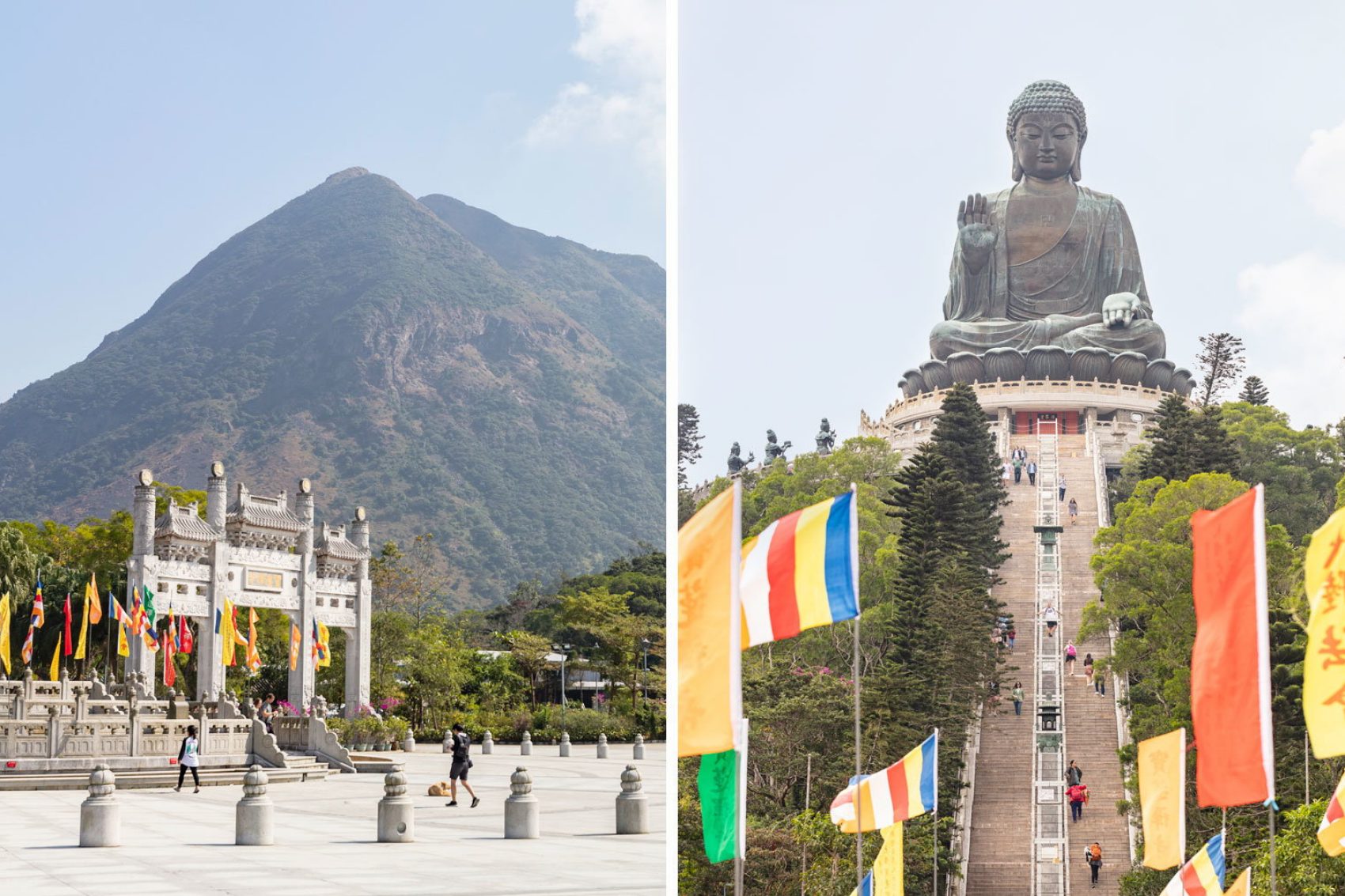
Credit: Mike Pickles
What to do on Lantau Island
Get cultural in Ngong Ping
Lantau Island is home to several of Hong Kong’s biggest tourist draws. Chief among them is the Tian Tan Buddha, universally known as the Big Buddha , a spectacular 34-metre-tall seated bronze Buddha statue at Ngong Ping, an upland area at about 400 metres altitude. Ascending the numerous steps (268, but who’s counting?) takes you to the Buddha itself and views of the surrounding hills and sea.
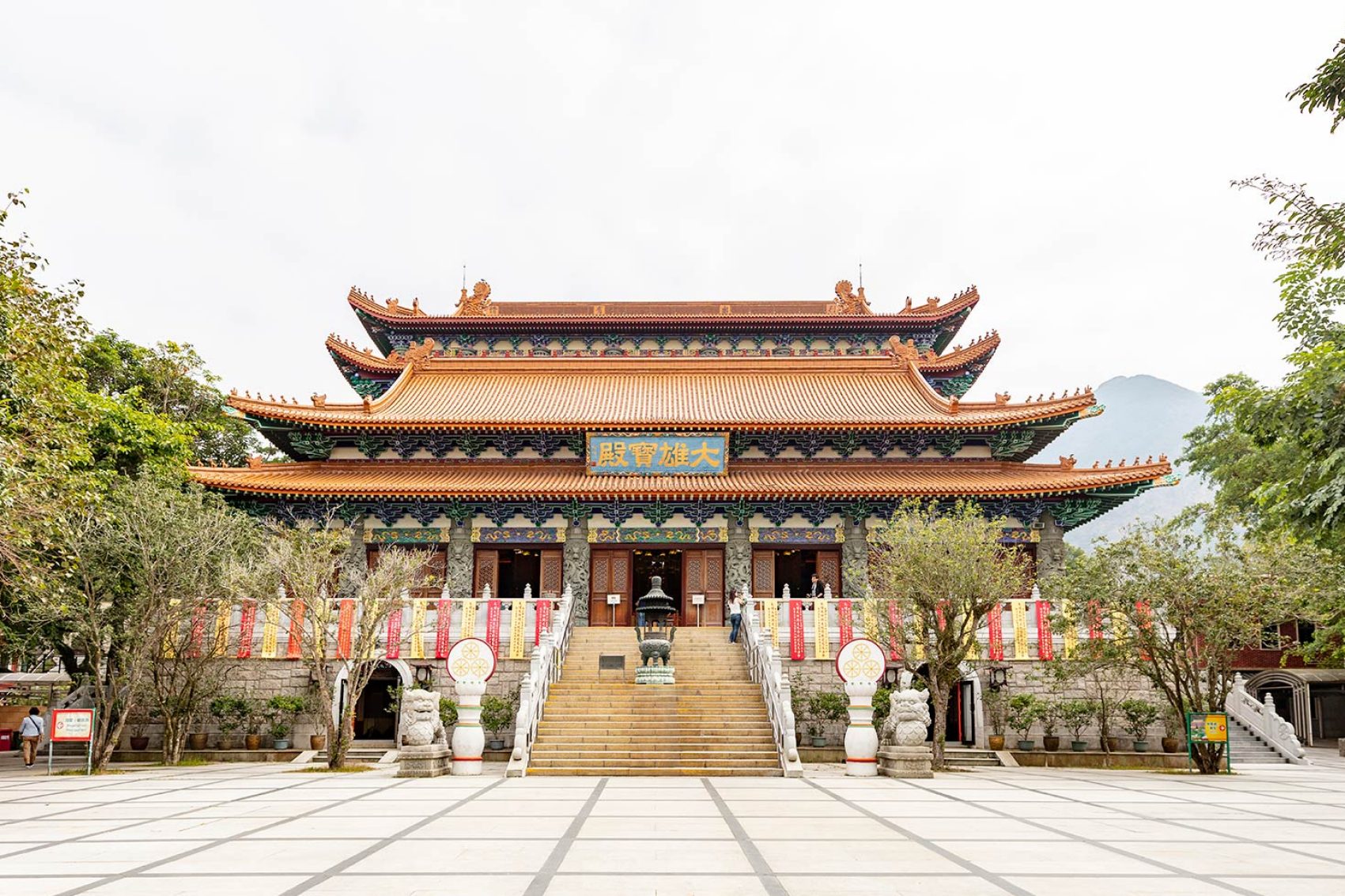
Credit: Mike Pickles
It’s adjoined by the atmospheric Po Lin Monastery – which also has a vegetarian restaurant – and the Wisdom Path, a pleasant walk that features 38 giant upright wooden steles, arranged in the shape of a helix and inscribed with calligraphic verses from the ancient Heart Sutra.
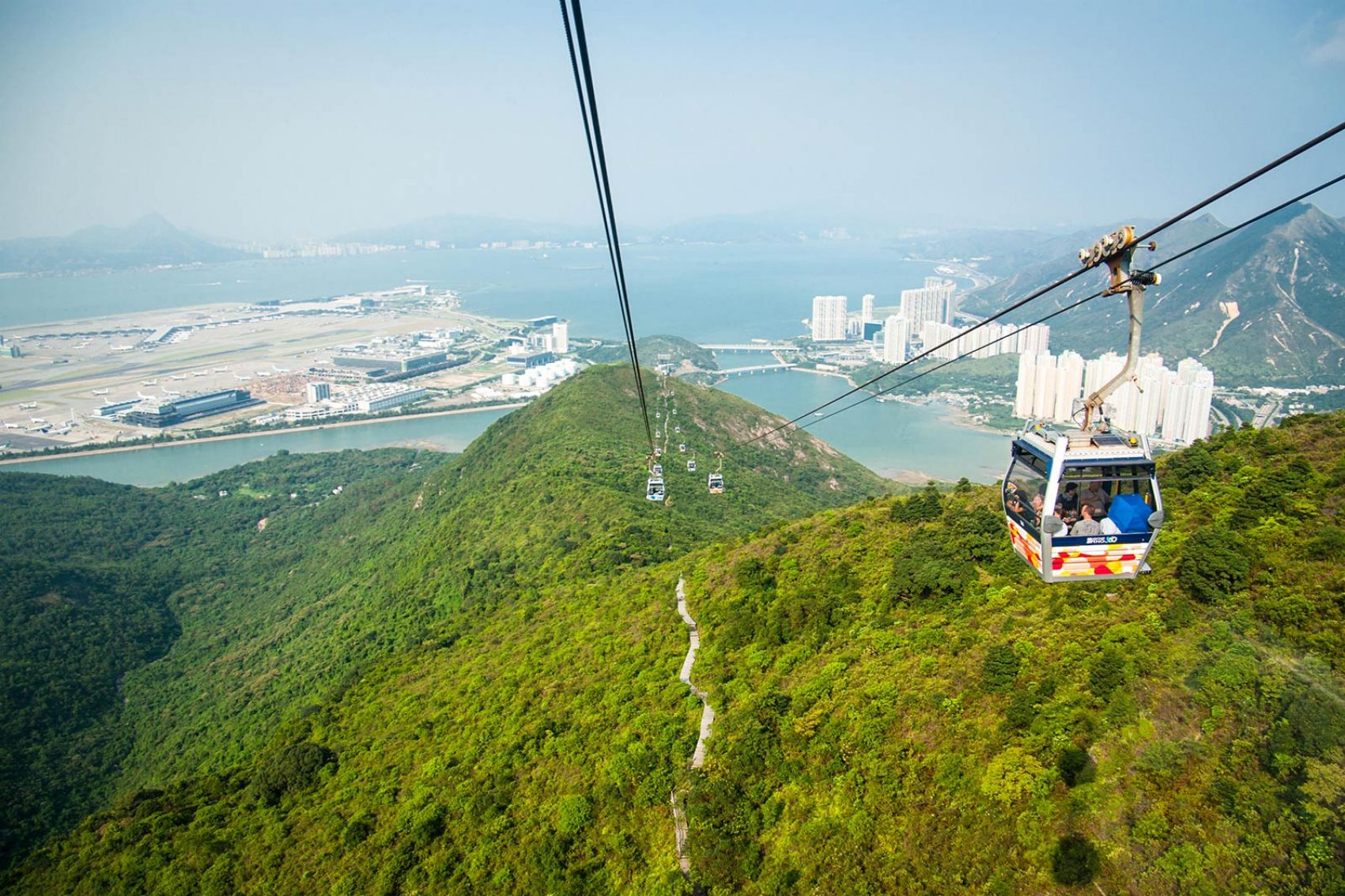
Credit: Kerry Whitworth / Alamy Stock Photo
Getting to the Buddha can be as much fun as visiting it: the Ngong Ping 360 cable car from Tung Chung rises majestically up the mountains, affording dizzying views during the 25-minute ride – particularly from the glass-bottomed Crystal Cabin cars. Not a fan of heights? Buses run from Tung Chung and Mui Wo , routes which also furnish glimpses of the coastal scenery.
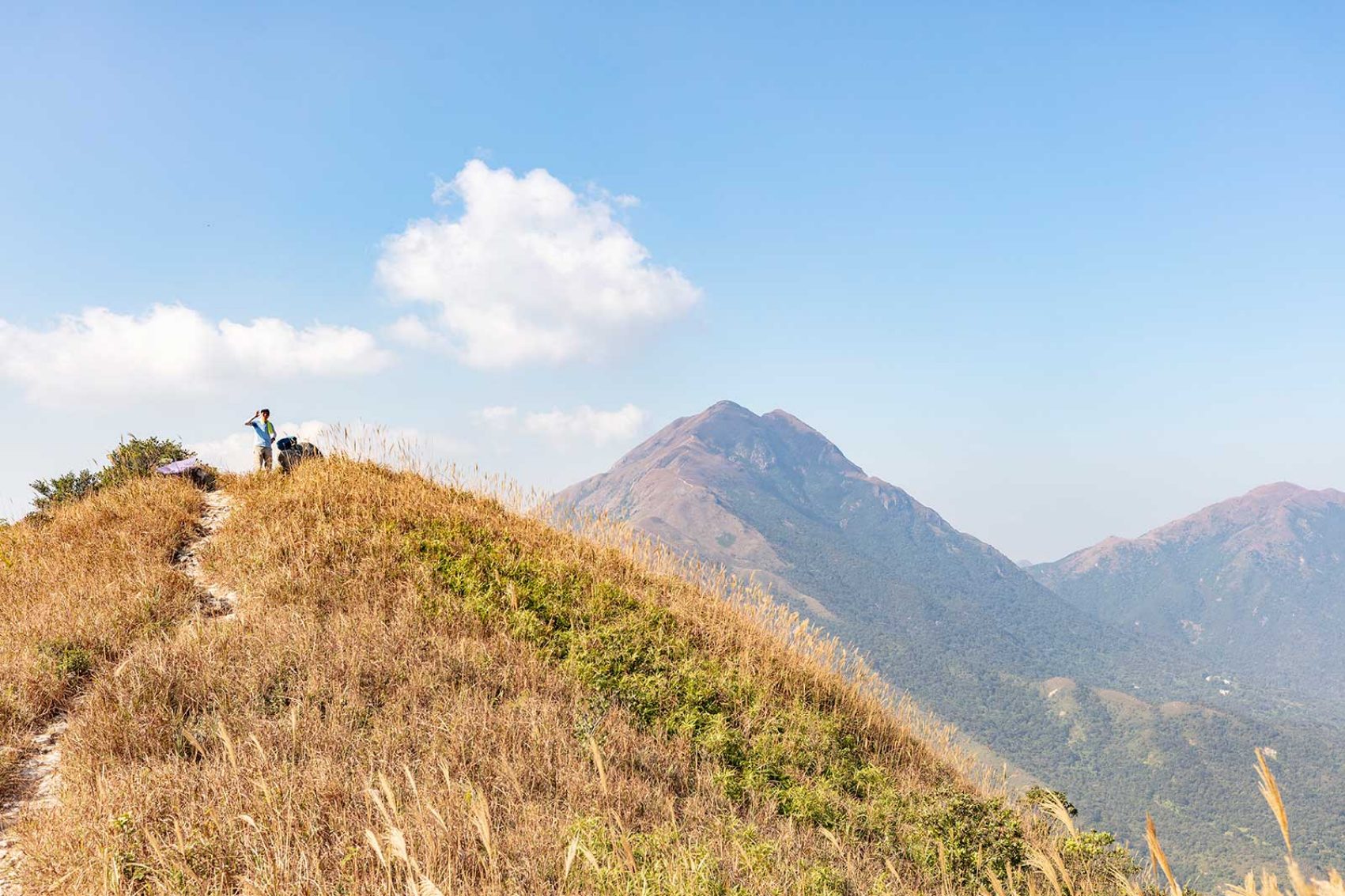
Credit: Mike Pickles
Embrace the outdoors
Lantau Island is prime hiking territory, crowned by Hong Kong’s second- and third-highest mountains – Lantau Peak (934 metres) and Sunset Peak (869 metres) – as well as plenty of gentle coastal paths. A good place to start is the 70-kilometre Lantau Trail, divided into 12 sections that take between 45 minutes and three hours to walk and covering many of the island’s most notable locations, starting and ending in Mui Wo. There are also three official mountain biking trails.
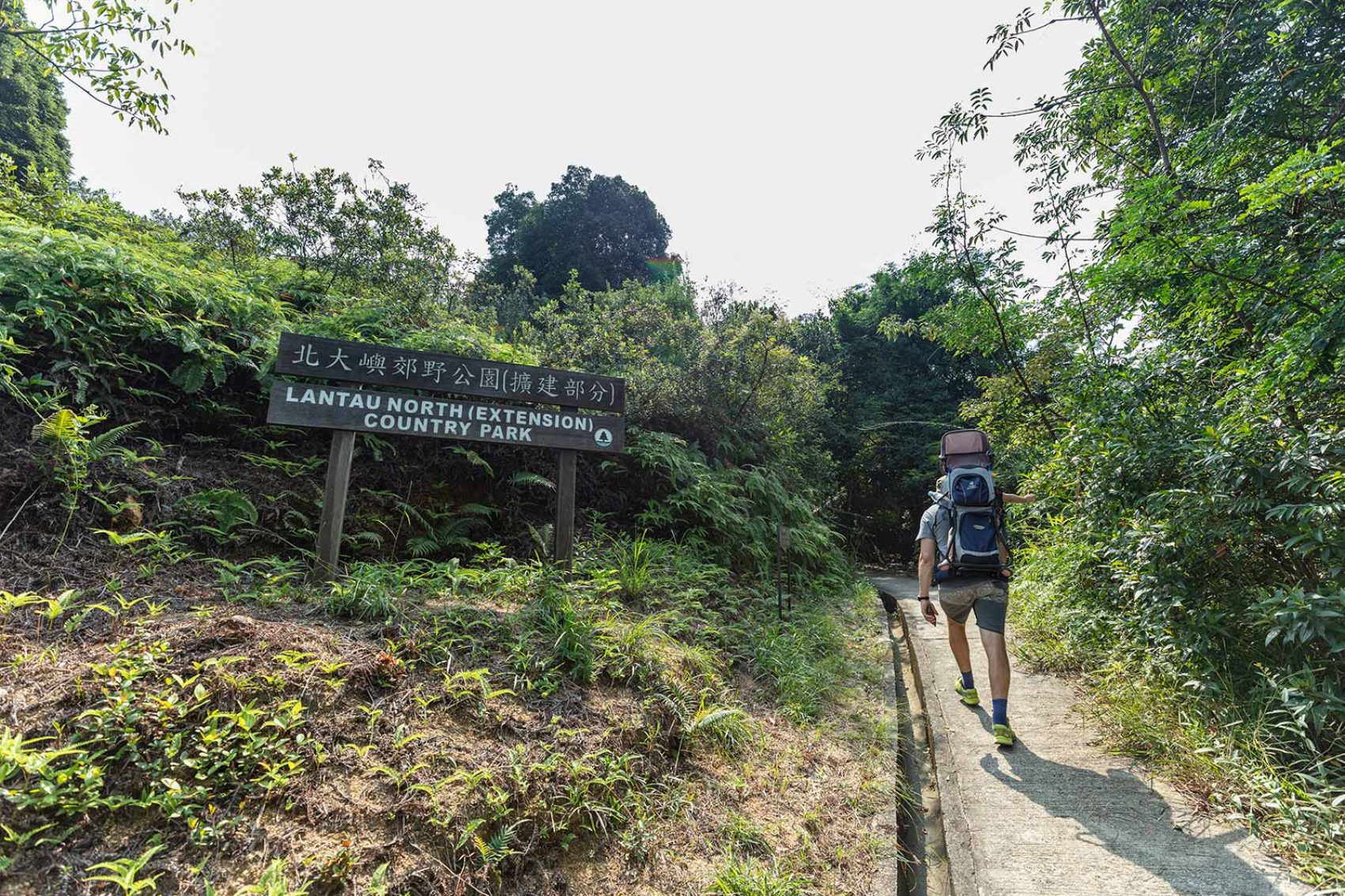
Credit: Mike Pickles
Numerous official campsites are dotted around the island. Among the most notable are the government-owned campsite at Ngong Ping , close to the Buddha, and a top glamping option for water sports fans at Long Coast Seasports .

Credit: Mike Pickles
The south coast is best for beaches: check out Pui O, Tong Fuk and the two at Cheung Sha, particularly the two-kilometer-long, often underpopulated Upper Cheung Sha beach.
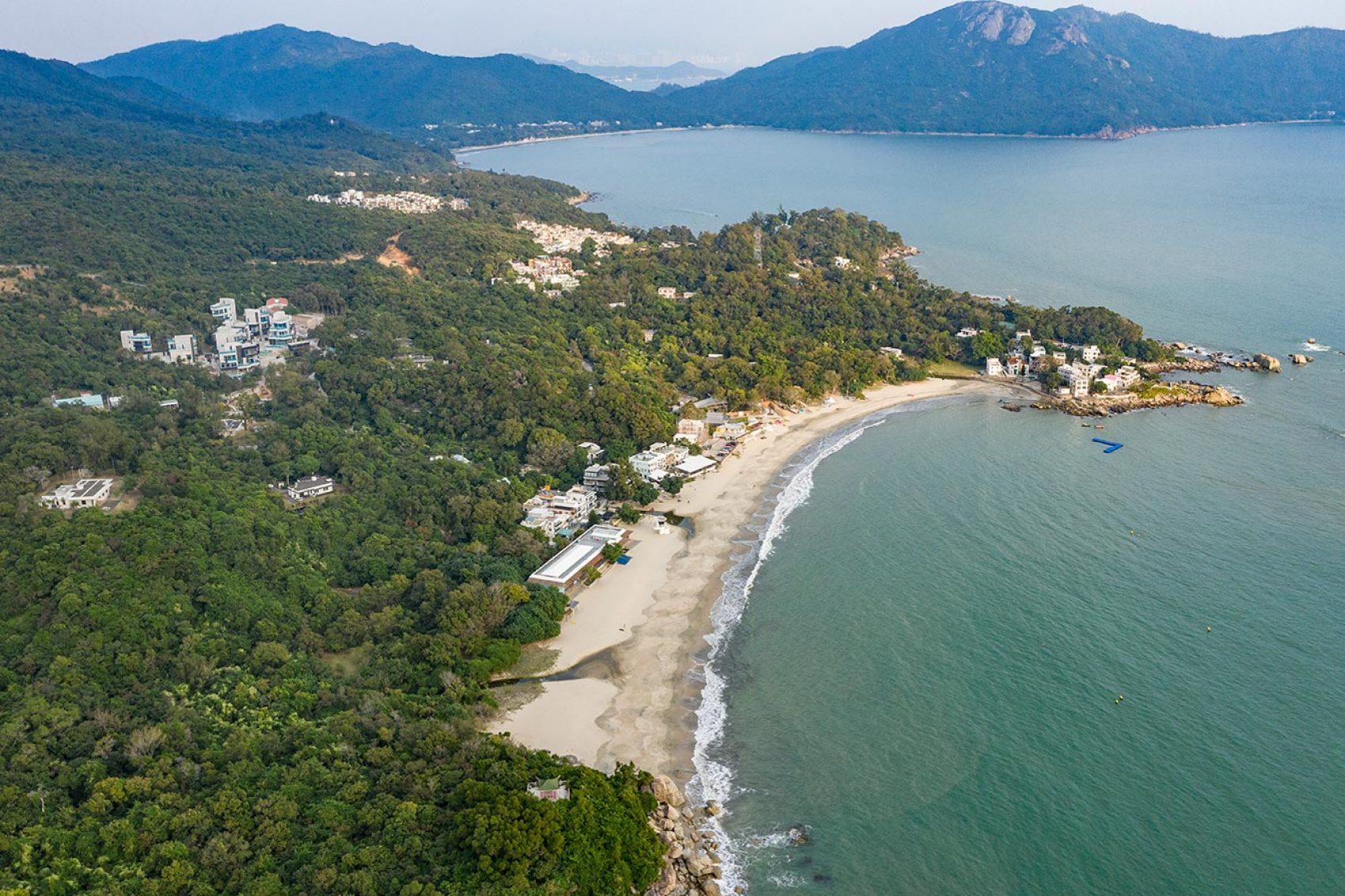
Credit: Mike Pickles
And then there’s the utterly unique Tai O, which is mostly no longer a fishing village but retains the atmosphere of one, particularly among the numerous stilt houses that squat precariously over the water. It’s also a popular spot for boat trips to see the pink dolphins that live nearby; a number of operators cluster either side of main bridge in centre of village, the best known probably being Tai O Boat Excursion Limited on the south side.
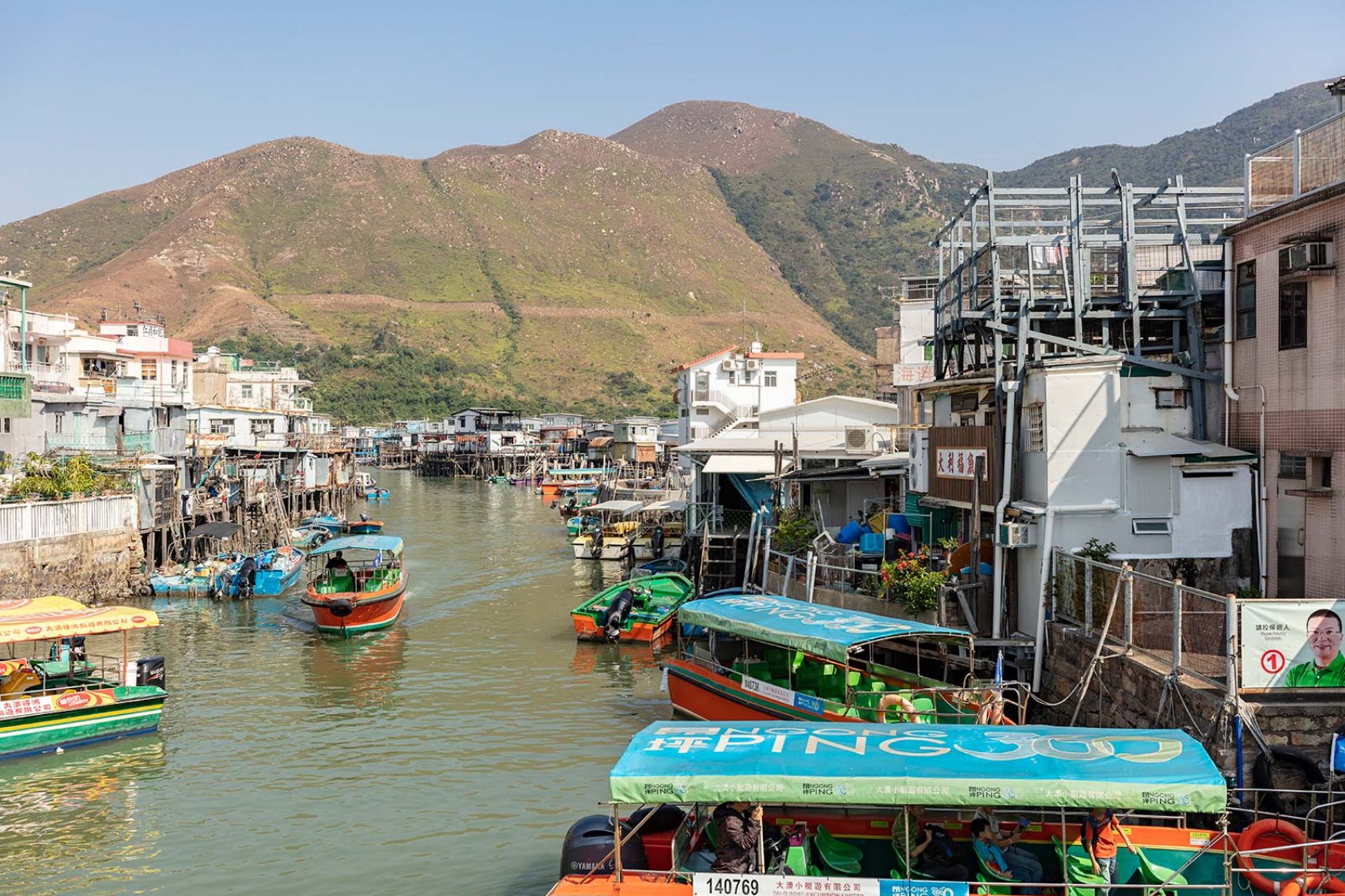
Credit: Mike Pickles
Where to stay
As well as campsites, and sizeable hotels such as the Novotel in Tung Chung and Auberge in Discovery Bay , Lantau Island hosts some charismatic smaller properties. In Tai O, four-room Espace Elastique is family-run, while the century-old Heritage Hotel used to be the police station. The Silvermine Beach Resort in Mui Wo is Hong Kong’s only absolute beachfront hotel.
Where to eat
The pleasant seafront boardwalk near the ferry pier at Discovery Bay is lined by a mix of Western and Asian restaurants – from Spanish at Solera to Thai at Koh Tomyums – reflecting this dormitory suburb’s international residents.
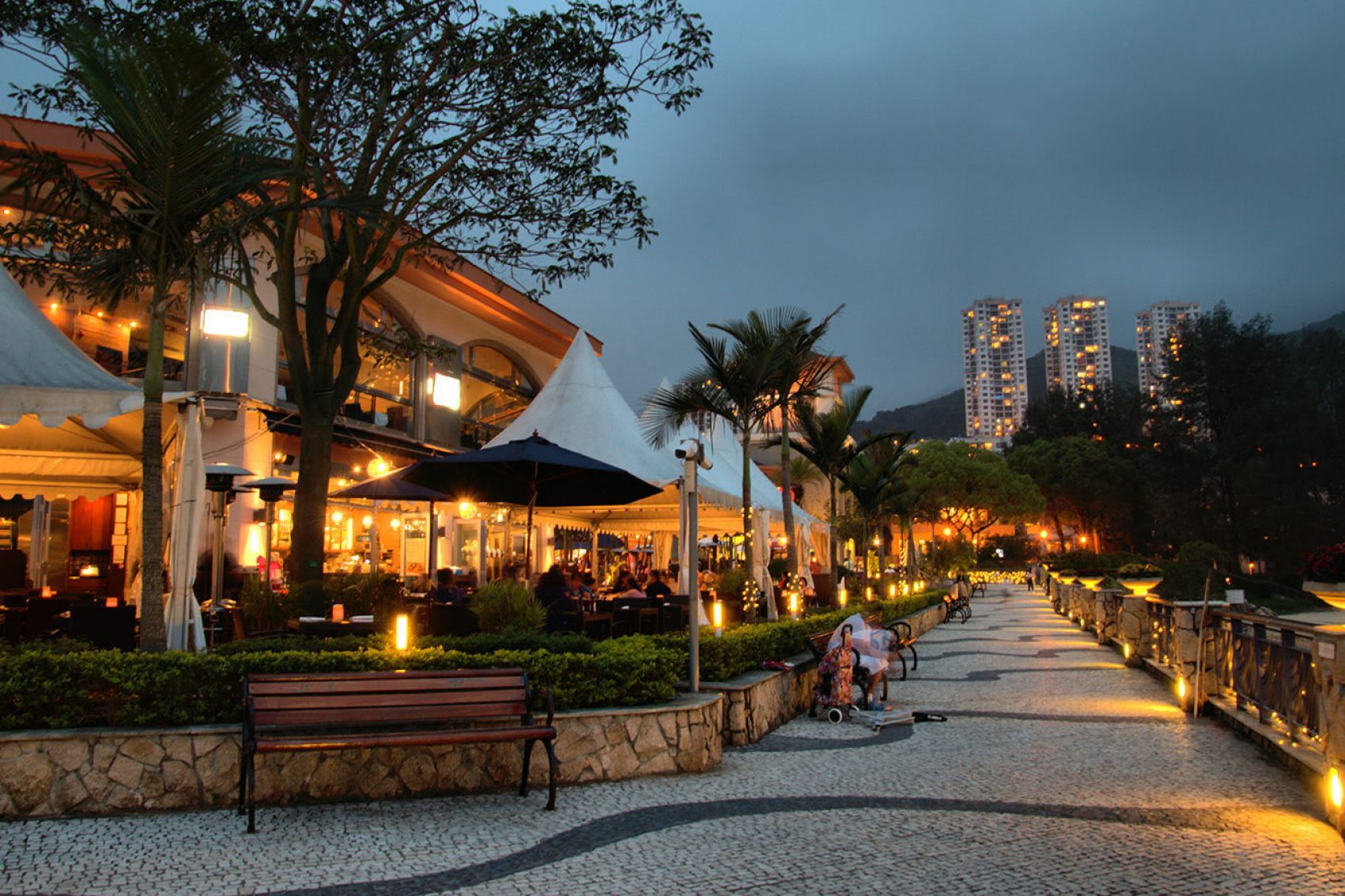
Credit: Getty Images
Tung Chung is comfortably the largest town on the island, and as such has the most dining options, although they struggle to keep up with the rapidly growing population and can get extremely busy. Many of the best Chinese options – such as contemporary Cantonese restaurants Sixa and Jasmine – are tucked away in the Citygate mall. There’s also Wah Tao Seafood Restaurant (2 Tung Chung Old Pier; +852 2988 1450), an excellent traditional option by the seafront in Wong Nai Uk village, 10-15 minutes’ walk from the town centre.
Tai O has a wide range of local restaurants; there are some casual choices at Ngong Ping, plus the Po Lin Monastery’s vegetarian restaurant; and on the south coast there is plenty of choice in Mui Wo; Turkish cuisine at Bahçe ; cold pints and comfort food at China Bear by the ferry pier, and excellent Mediterranean at China Beach (18 Tung Wan Tau Road; +852 2983 8931). Elsewhere, Garden Cafe in Pui O and Bathers in Cheung Sha deserve special mention.
Where to shop
Tung Chung’s giant Citygate outlet mall can get very busy, particularly at weekends, with bus services running directly to and from the Chinese mainland. There’s also DB North Plaza, a small seaside mall at Discovery Bay, plus plenty of shops catering to visitors at Tai O, where dried fish and shrimp paste are popular purchases. At Ngong Ping Village , souvenirs include Chinese opera masks, elaborately designed chopsticks and a variety of curios.
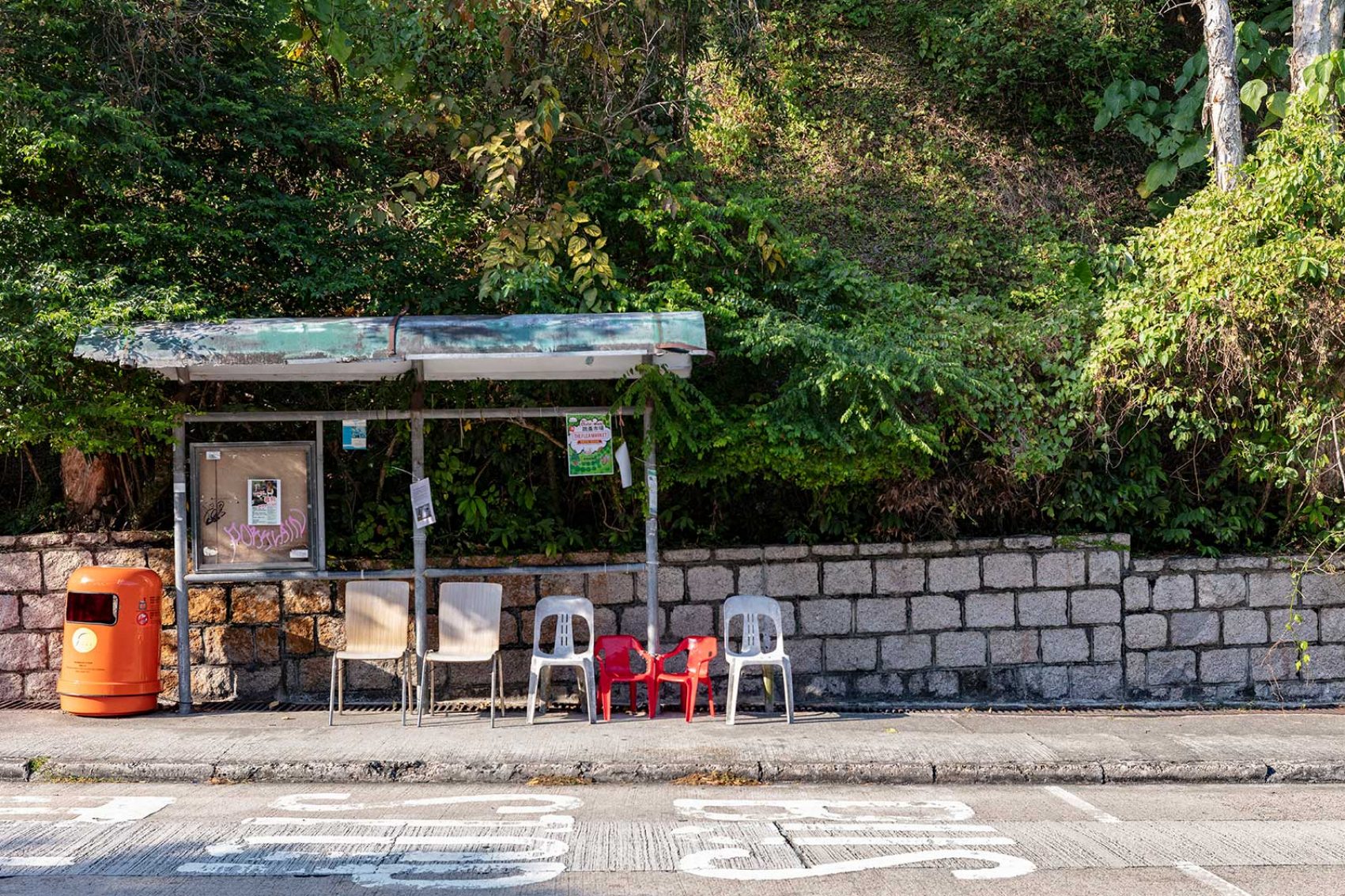
Credit: Mike Pickles
Tips for visiting Lantau Island
- Go for deluxe class on the triple-decker slow ferry between Central and Mui Wo, and head for the open deck at the stern that’s just made for Instagram
- If you’re hiking or hitting the beach, bring the right gear (though some toys and swimwear are on sale in Mui Wo and Cheung Sha)
- Away from the towns and villages, carry plenty of water: the trails can be long, tortuous climbs and there are few clean water sources along the way
- Lantau Island is big by Hong Kong standards at 147 square kilometres. Don’t rely on taxis as there are only 75 (despite a local population of more than 100,000) and they usually need to be booked in advance. Instead, the extensive bus network is your best friend here – as are your legs. Of the several bicycle hire outfits in Mui Wo, Friendly Bicycle is the most professional.
- There are a lot of wild animals. The south coast in particular is home to herds of semi-feral cows and water buffalo; they mostly keep themselves to themselves, but don’t agitate them and don’t feed them
Hero image credit: Mike Pickles
More inspiration
Hong Kong travel information
- China – the Chinese Mainland, Hong Kong SAR, Macao SAR and Taiwan Region
- Hong Kong SAR - English
- Chinese Mainland (China) - English
- Taiwan China - English
- 香港特別行政區 - 繁體中文
- 中国內地 - 简体中文
- 中國台灣 - 繁體中文
- Africa
- South Africa - English
- Asia
- Bangladesh - English
- Korea - English
- Singapore - English
- Cambodia - English
- 한국 - 한국어
- Sri Lanka - English
- India - English
- Malaysia - English
- Thailand - English
- Indonesia - English
- Maldives - English
- ประเทศไทย - ภาษาไทย
- Indonesia - Bahasa Indonesia
- Myanmar - English
- Vietnam - English
- Japan - English
- Nepal - English
- Việt Nam - tiếng Việt
- 日本 - 日本語
- Philippines - English
- Australasia
- Australia - English
- New Zealand - English
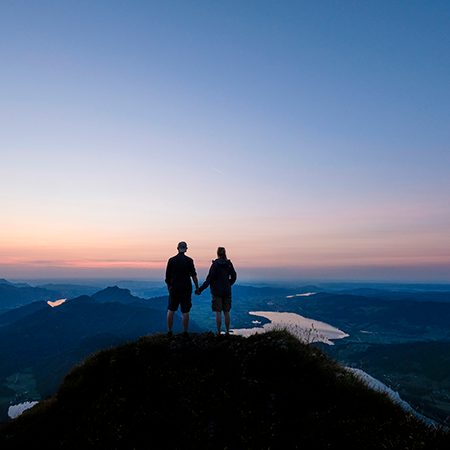



.renditionimage.450.450.jpg)

